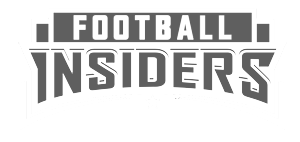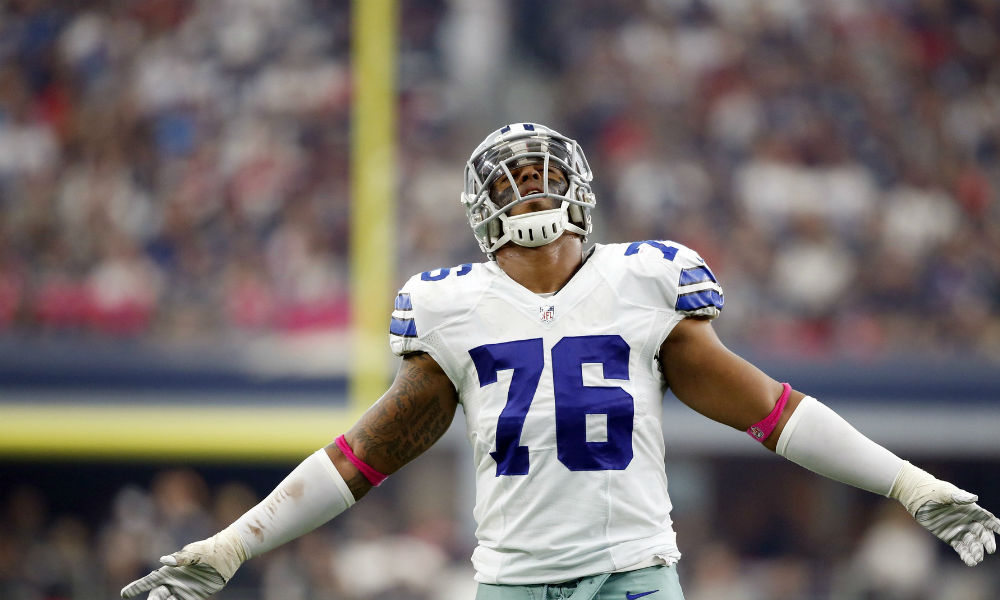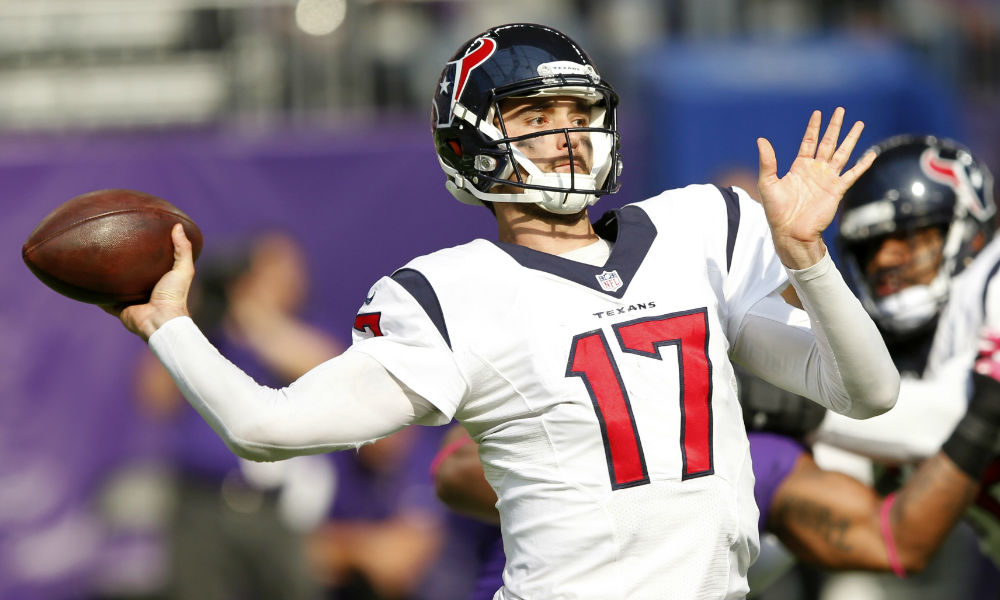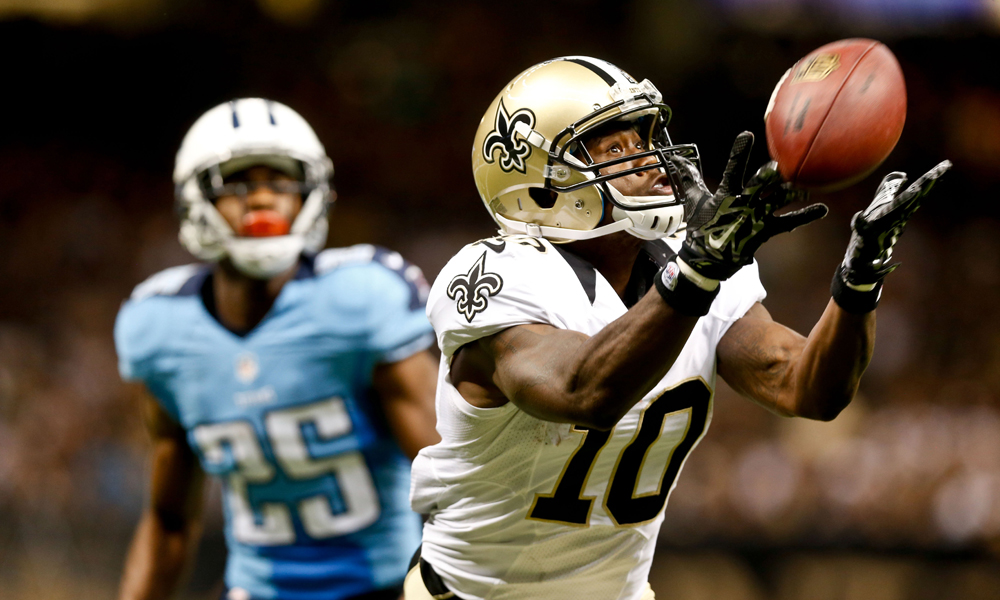News
Broncos Take Liberties With Hits to Newton’s Head
NFL must assess quarterback protection plan after Broncos go all-in on Cam Newton.
For the last several years, it’s been thought that the NFL has been overprotecting quarterbacks, making them into essentially flag football players, with rules designed to heavily penalize players that hit QBs too hard, or even a millisecond too late, discouraging contact to the quarterback altogether.
On Thursday night, we saw nothing of the sort, and it raised more questions about the NFL’s moving goalposts as it relates to protecting players.
In the 2016 NFL regular season kickoff game, the defending league champion Denver Broncos came out with a clear plan of attack against one of the faces of the league, Carolina Panthers quarterback Cam Newton: Beat him into submission. And it worked. The 2015 NFL MVP went 18-of-33 for 194 yards with a touchdown through the air, and added 54 yards on the ground and a rushing touchdown. But most of that production came in the first half as Carolina built a 17-7 halftime lead.
As the pounding he was taking started to set in, and the hits by the Broncos got more brutal, Newton’s numbers became more pedestrian. Though Carolina did have a chance to win on a late field goal, that missed and the Panthers fell short. They scored just three points after halftime and Denver rallied to win 21-20. Limiting Cam’s production was a big part of that comeback. He was just 7-of-16 in the second half for 83 yards, with an interception, and ran five times but picked up just 18 yards on those carries.
“I could see in the second half [it got to him],” Broncos safety Darian Stewart told USA TODAY Sports. “With two minutes left, man, and that rush get on him, you could tell then. I think that’s our moment.”
Denver sent rushers after Newton early and often, which is a fine method of attack in theory, provided it stays within the rules. But often times on Thursday night, that line was blurred. Newton took several unpenalized shots to the head as well as some late and unnecessary contact, they type of which the league has spent years trying to crack down on.
The hits got so bad in the second half that Newton was slow to get up on several occasions and there was some postgame controversy about whether he should’ve been removed from the game for concussion testing. That’s another debate for another time, because while testing once a concussion occurs is important, the NFL’s true goal should be to mitigate the chances that one of the best players in the league, or any player for that matter, would have to go to the sidelines in the midst of a game for testing. The best way to do that is by penalizing the type of hits that create the need for such testing early in the contest before things get out of hand, as they did on Thursday night when the Denver defense was allowed to run roughshod over Newton.
We’ve already seen the league go above and beyond to protect other veteran quarterbacks. There was even a rule put in place a few years ago about hitting a quarterback low that was a direct result of a hit that ended Tom Brady’s season. But because of his athleticism, size and ability to run the ball, Newton doesn’t get the same benefit of the doubt from officials that Brady or a player like Peyton Manning has in the past. It bothers his teammates and it should bother everybody. After all, it’s another symptom the NFL’s inconsistent officiating problem.
“We’ve got to treat Cam like a quarterback,” Panthers tight end Greg Olsen said after the game. “I know he’s the biggest guy on the field, but he’s still a quarterback.”
The NFL has had this problem in how the rules inconsistently protect mobile quarterbacks for years, and it is a significant challenge because the size and athleticism of Newton is a game-changer and the Panthers deploy him in a way that subjects his body to punishment when he decides to take off and run with the ball. It’s there that the Broncos decided to make Newton pay a toll for his talents and ability.
“They have an advantage with Cam,” safety T.J. Ward said. “He’s the quarterback and you can’t account for that on defense. They have one more blocker when he runs the ball. If you’re going to run your quarterback, you’re going to have to take the repercussions that come with it. That’s potentially getting him hurt or you see him get hit a couple times today. I’m sure they don’t want to start the season off like that.”
When the play calls for Newton to run the ball, or he decides to take off on his own, there’s not much officials can do. But there are a few things. For one, keeping a close eye on helmet-to-helmet contact and other shots to the head, which they should be doing on every play, but of which there were many unscrutinized instances of on Thursday night.
Furthermore, Denver’s head-high hits on Newton didn’t just happen when he was on the run. In fact, most of them came when he was in the pocket, having just released a throw. Those are easy ones for the back judge and it wasn’t until late in the game that Cam and the Panthers finally had one of those calls go their way. But that only came after several previous instances of similar hits went uncalled and already had him shaken up. The damage, for the most part, had been done.
For his part, Newton, who showed up to his press conference late because he was receiving treatment for the beating he took at the hands of the Broncos all night, didn’t make excuses about the hits afterward.
“I think it was a very physical game and we all have jobs to do. We have to do our job better. It is not my job to question the officials. I really like this officiating crew. It was a very physical game on both sides,” he said. “I try to warn the refs every time I do get hit in the head. But if the flag is not called, then it’s OK. We just have to find ways to move the ball and not stay so stagnant for long periods of time.”
But Newton shouldn’t have to warn the refs of anything related to contact to the head. In this age where concussions are such a big part of the dialogue around the game, hits to the head just can’t be happening. Certainly not as repeatedly as they did to one player on Thursday and certainly not with intent, which it seems the Broncos had based on the way they spoke about their plan of attack before and after the game.
“We wanted to make sure it got to him, so every time he ran, we wanted to put a helmet or shoulder pad on him, and if he’s not going to slide, then we’re really going to put something on you,” Ward admitted. “We’ve seen him limping throughout the game. That running stuff, you can’t do that all game with your quarterback.”
The Broncos set out to send a message, and they did just that. But by not keeping these hits in check, so to did the league: our rules are as inconsistent as they’ve ever been, and we still don’t know how to properly protect our players.
News
Buccaneers admit mistake, boot Aguayo
Source: Mike Florio of ProFootballTalk
Powered by WPeMatico
News
Did Bucs put too much pressure on Aguayo?
Source: Mike Florio of ProFootballTalk
Powered by WPeMatico
News
Broncos holding their breath on Derek Wolfe
Source: Mike Florio of ProFootballTalk
Powered by WPeMatico




